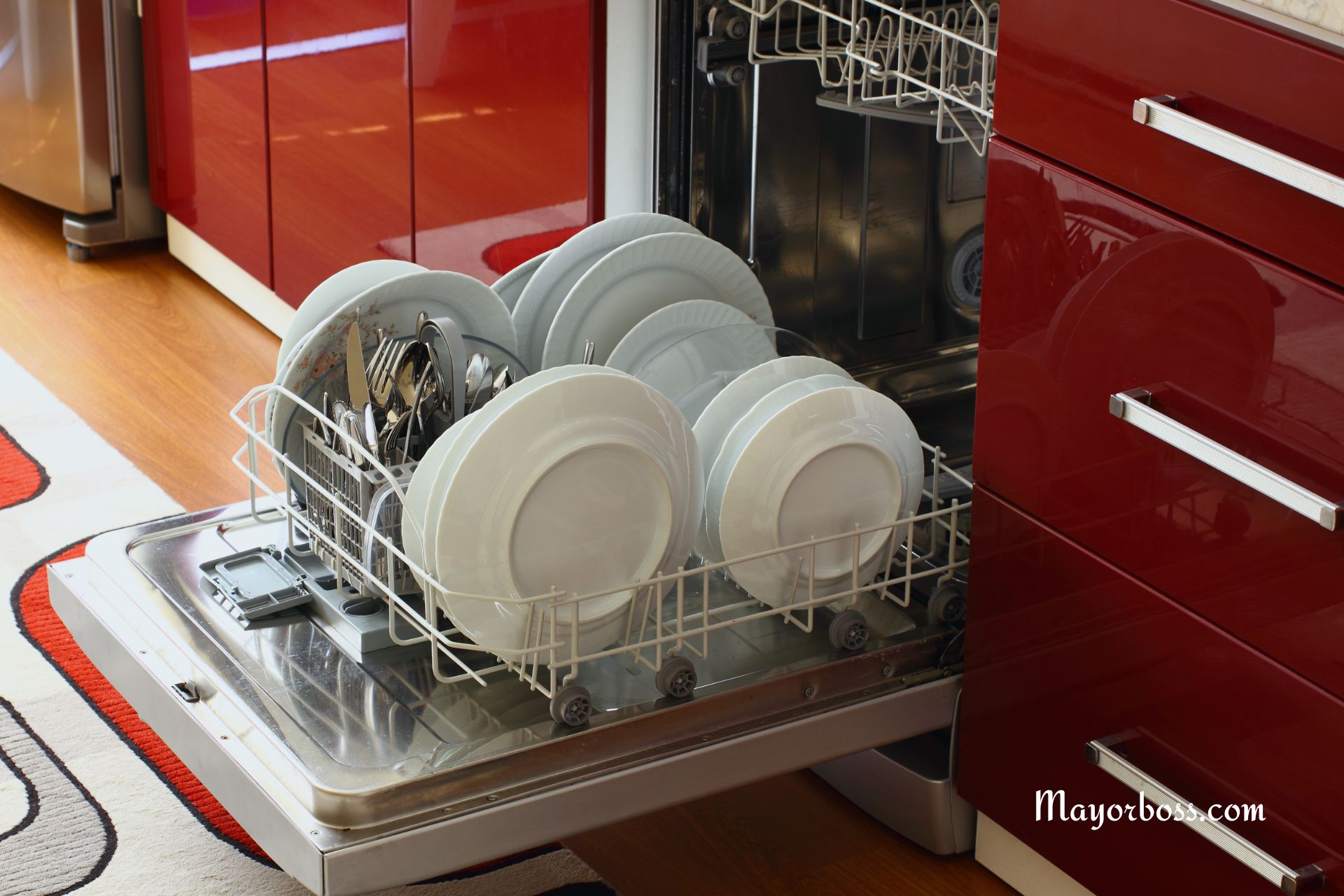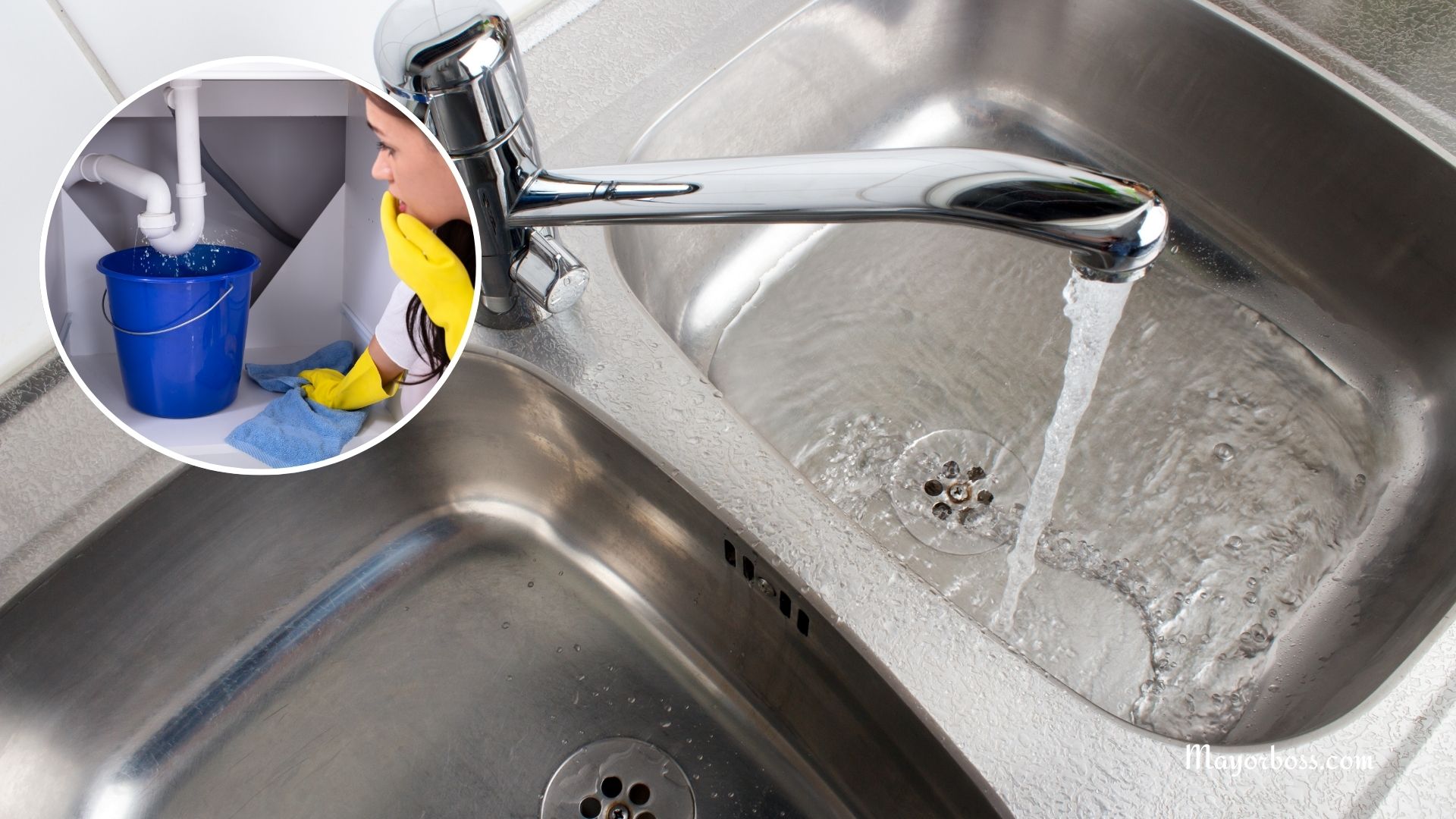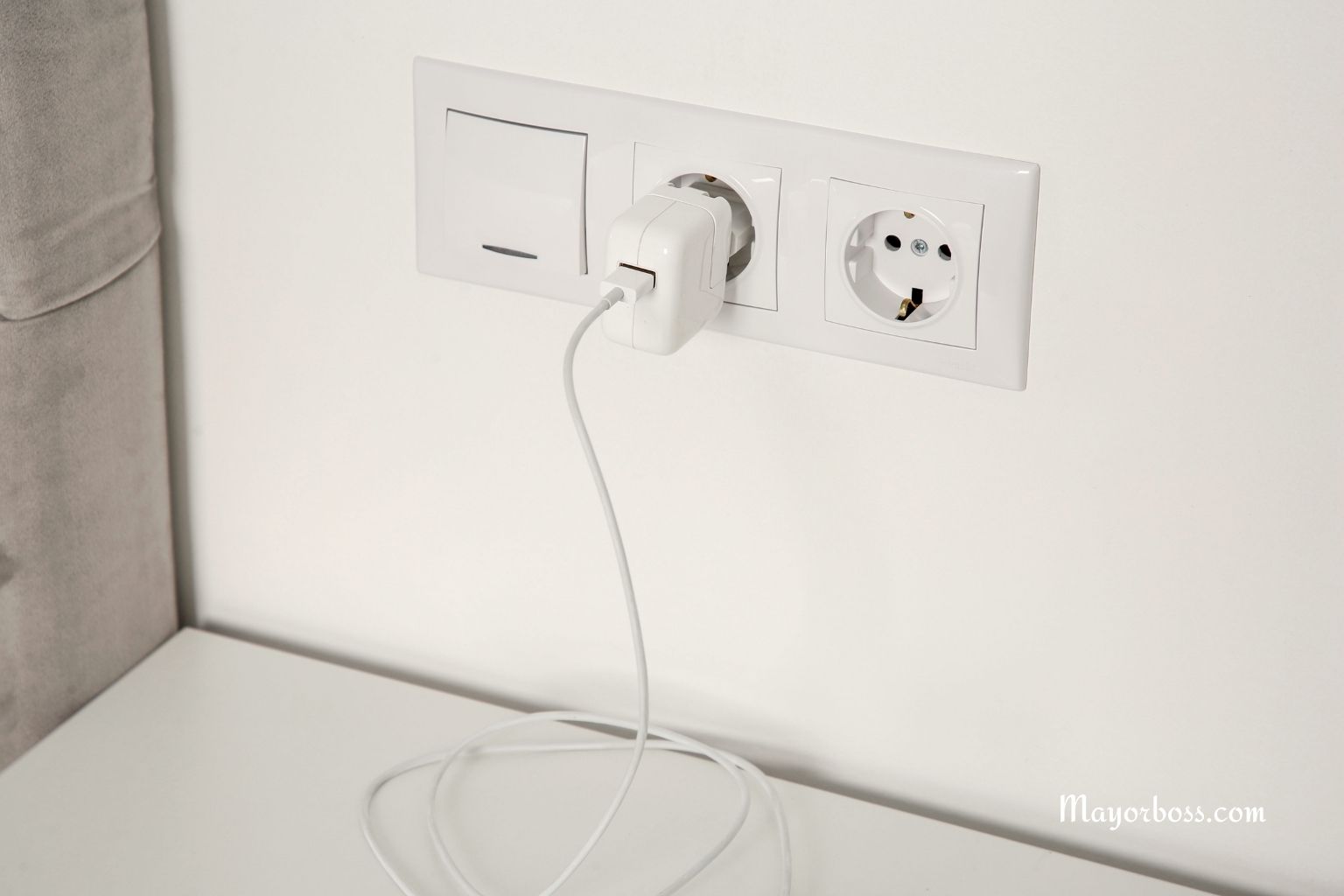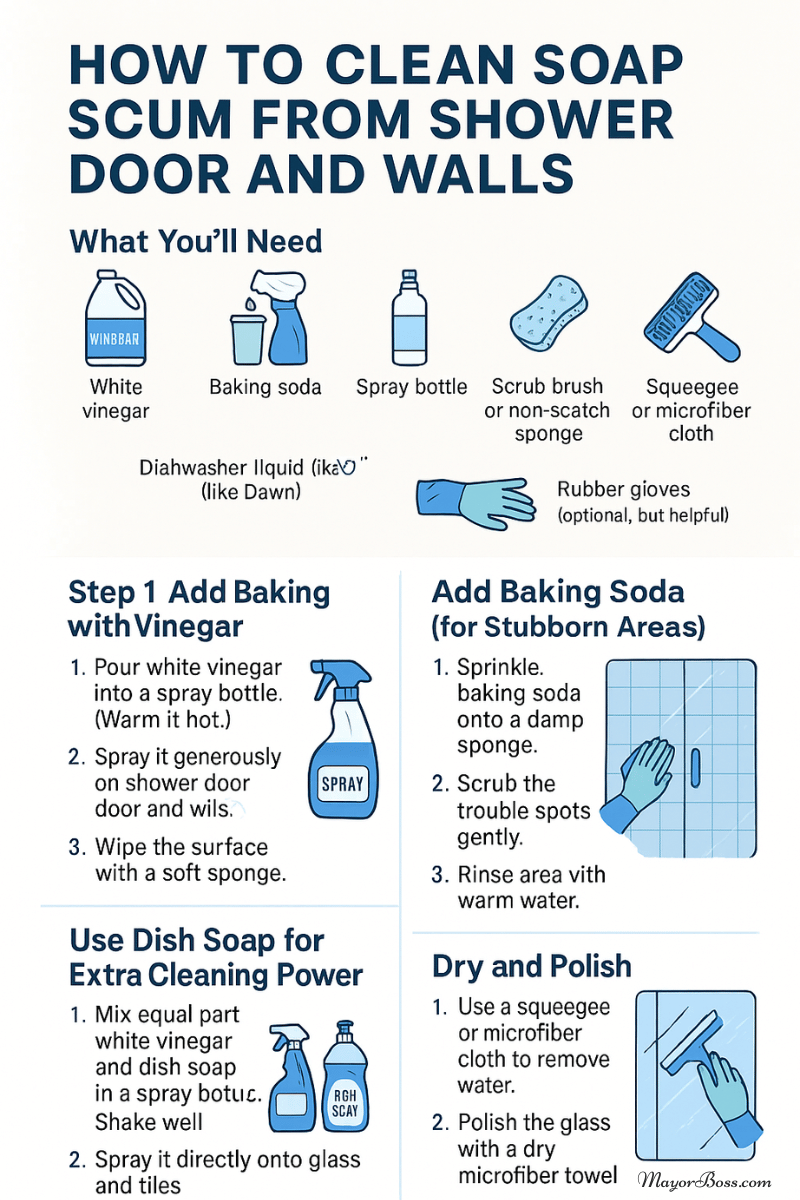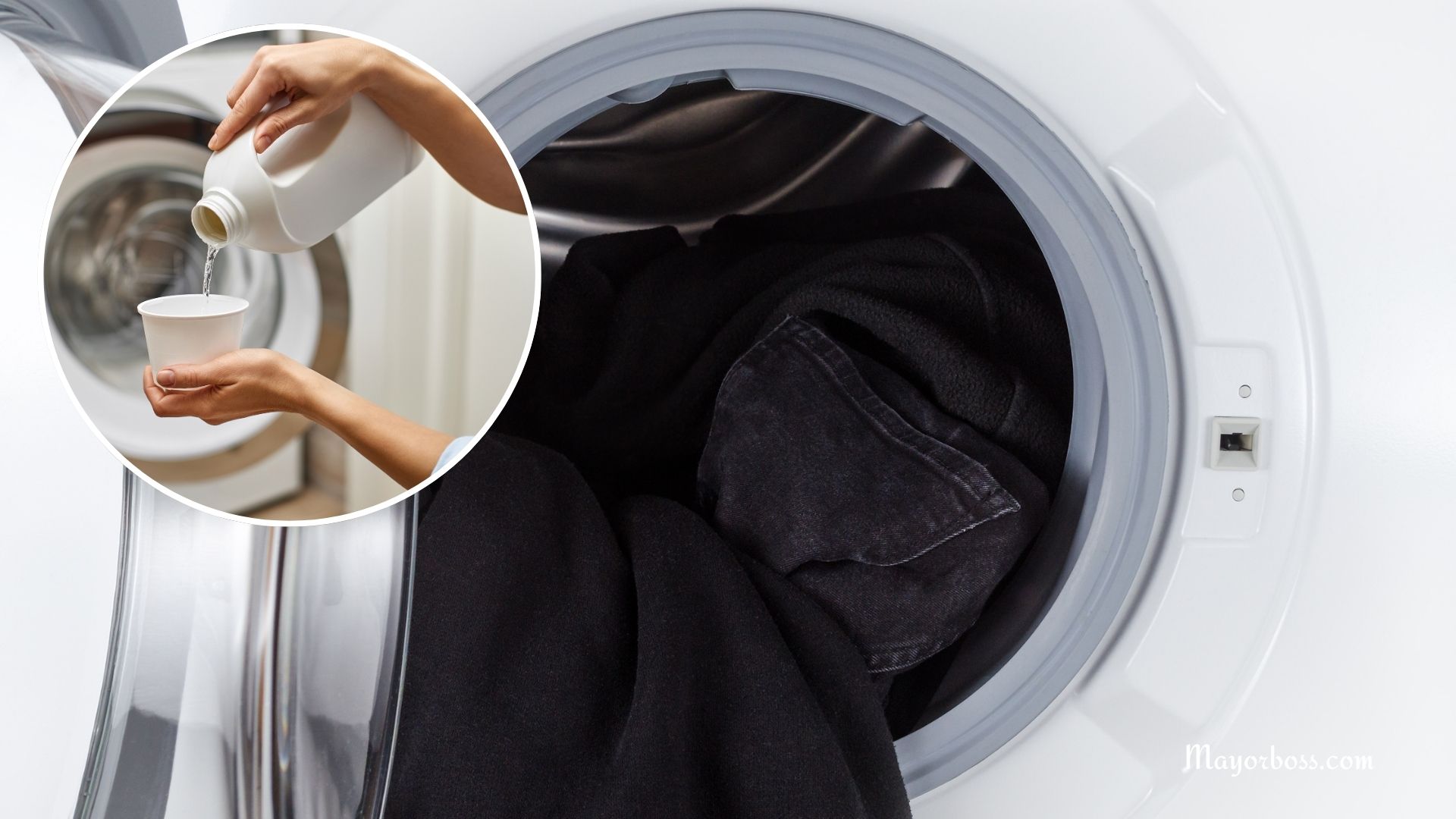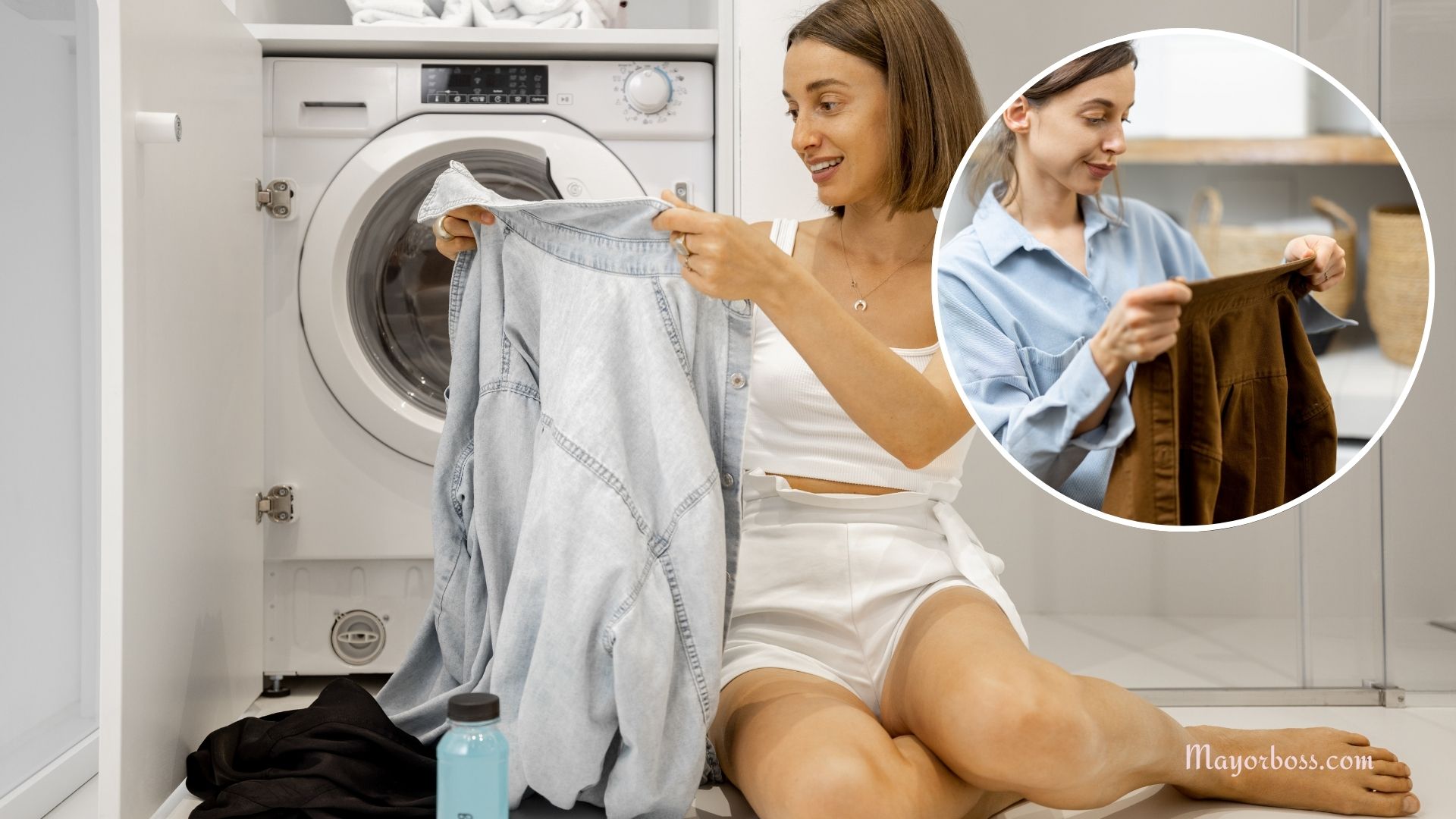7 Cleaning Products You Should Always Have On Hand
Every home needs a few key cleaning products to handle daily messes and keep living spaces fresh and safe. These essentials help you clean up spills, kill germs, tackle stains, and maintain a tidy environment with ease.

Imagine walking into your home after a long day, and everything feels clean, comfortable, and welcoming. Maintaining that feeling doesn’t require a closet full of fancy cleaning supplies. In reality, having a few reliable products is all it takes to stay on top of everyday messes.
If you keep these seven products on hand, you’ll have everything you need to keep your home clean, healthy, and welcoming.
1. Multi-Surface Cleaner
A multi-surface cleaner saves time and energy. You can use it on counters, tables, doorknobs, and even some appliances. Whether it’s crumbs in the kitchen or fingerprints on the dining table, this cleaner helps wipe them away. Look for a gentle formula that works on most surfaces, so you don’t need separate products for every room.
2. Disinfectant Spray or Wipes
Germs hide in places we often forget—door handles, light switches, and remote controls. Disinfectant sprays or wipes kill bacteria and viruses quickly. After someone has been sick, or during cold and flu season, these products provide extra protection. Always read the label and follow instructions for safe use.
3. Glass Cleaner
Nothing beats the sparkle of clean windows and mirrors. Glass cleaner removes streaks and fingerprints, letting in more natural light and making your home look brighter. You can also use it on shiny surfaces, such as glass tabletops or shower doors, for a polished finish.
4. Baking Soda
Baking soda isn’t just for baking. It works wonders on tough stains and odors. Sprinkle it on carpets before vacuuming to freshen up a room. Mix it with a little water to scrub sinks, tubs, and even your oven. Baking soda’s gentle texture cleans without scratching, making it safe for most surfaces.
5. Dish Soap
Dish soap does more than clean dishes. Its grease-fighting power works on stovetops, cabinet doors, and even certain types of flooring. If you spill something sticky, a drop of dish soap and warm water can make the mess disappear. For small hand-washing jobs or to soak tough pots and pans, dish soap is a must.
6. Microfiber Cloths
Paper towels can be wasteful, and ordinary rags often push dirt around. Microfiber cloths trap dust and wipe away grime with ease. They work dry or damp, and you can use them on glass, electronics, and even delicate surfaces. Wash and reuse them, making them an eco-friendly choice.
7. Toilet Bowl Cleaner
The bathroom needs special attention, especially the toilet. Toilet bowl cleaner removes stains and kills germs where it matters most. Use a dedicated toilet brush and follow the cleaner’s directions for best results. Keeping the toilet fresh helps prevent unpleasant odors and keeps your bathroom inviting.
How to Use These Products Together
You don’t need to spend hours cleaning every day. With these essentials, you can quickly handle spills, dust, or germs as soon as you spot them. For example, after preparing food, wipe the counter with multi-surface cleaner, then use a disinfectant wipe on handles and switches. Tackle mirrors and windows once a week with glass cleaner. Freshen carpets with baking soda before your regular vacuuming. Microfiber cloths are perfect for touch-ups in any room.
Tips for Safe and Effective Cleaning
- Always check product labels for directions and warnings.
- Never mix cleaning products, especially those with bleach and ammonia.
- Store products out of reach of children and pets.
- Replace or wash cleaning cloths regularly to avoid spreading germs.
Frequently Asked Questions
1. Can I use vinegar as a cleaner instead of some of these products?
Yes, white vinegar works well on many surfaces and helps cut grease, remove odors, and clean glass. However, avoid using vinegar on natural stone and some floors, as it can damage them.
2. How often should I replace microfiber cloths?
Wash them after each use and replace them every few months or when they start to look worn or lose their cleaning ability.
3. Is baking soda safe for all surfaces?
Baking soda is gentle, but always test it on a small, hidden spot first. Avoid using it on aluminum or delicate surfaces that scratch easily.
4. What is the difference between cleaning and disinfecting?
Cleaning removes dirt and debris. Disinfecting kills germs. For high-touch areas, do both—clean first, then disinfect.
5. Are natural cleaning products as effective as traditional ones?
Many natural products clean well, especially for light messes. For heavy-duty cleaning or to kill germs, use EPA-approved disinfectants or proven cleaning solutions.

